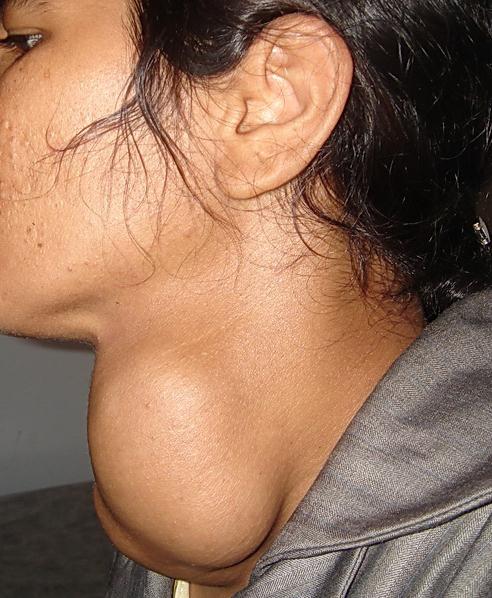Follicles and epithelial cells are the main structural and functional elements of the thyroid gland. The main component of the colloid is a protein - thyroglobulin. The specified connection relates to glycoproteins. The biosynthesis of thyroid hormones and their release into the blood is controlled by the thyroid stimulating hormone Adenohypophysis (TSH), the synthesis of which is stimulated by thyroliberin and inhibited by pituitary somatostatin. With an increase in the concentration of iodine-containing hormones in the blood, the thyroid function of the pituitary gland decreases, and with a deficiency, it increases. An increased concentration of TSH provokes not only an increase in the biosynthesis of iodine-containing hormones, but also diffuse or nodular hyperplasia of the thyroid gland tissues.

Diagnosis of thyroid pathology is carried out using clinical, biochemical and pathological-morphological methods. Based on the data obtained, the following diseases are established: endemic goiter, hypothyroidism, diffuse toxic goiter, sporadic goiter, gland tumors.
Diffuse toxic goiter is characterized by hypersecretion of thyroid hormones and diffuse thyroid hypertrophy. This pathology is considered a genetically determined autoimmune disease, which is hereditary. Infectious diseases (influenza, parainfluenza, influenza), pharyngitis, tonsillitis, encephalitis, stress, prolonged use of iodine preparations provoke the development of goiter. The disease is characterized by diffuse (sometimes uneven) enlargement of the thyroid gland, cachexia.
Hashimoto's goiter refers to autoimmune diseases, characterized by damage to the thyroid gland tissue, impaired hormone synthesis. This form of thyroiditis is characterized by a decrease in the synthesis of hormones (triiodothyronine, thyroxine) and thyroid hypertrophy. This pathology is more often recorded in women than in men.
Endemic goiter of the thyroid gland is a chronic disease characterized by an increase in the endocrine gland, a violation of its functions, metabolism, and disorders of the nervous and cardiovascular systems. A deficiency of iodine synergists (zinc, cobalt, copper, manganese) and an excess of antagonists (calcium, strontium, lead, bromine, magnesium, iron, fluorine) contribute to the development of the disease.
In addition to iodine deficiency, the development of goiter is provoked by the use of a huge number of products with antithyroid substances (goitrogens). In this case, a non-toxic thyroid goiter develops. With prolonged iodine deficiency, the synthesis of T3 and T4 decreases.
Due to these biochemical changes in the body, compensatory mechanisms are activated, in particular, TSH secretion increases, gland hyperplasia (parenchymal goiter of the thyroid gland) develops. In addition, iodine adsorption by the thyroid gland is enhanced (4-8 times), the synthesis
of T3 hormone is increased
, the biological activity of which is 5-10 times higher than that of thyroxine. In the future, compensatory mechanisms do not completely eliminate the harmful effects of a prolonged iodine deficiency. In the endocrine gland, glandular tissue atrophies, cysts, adenomas form, and
connective tissue develops
, that is, goiter hypertrophy of the thyroid gland develops. The diagnosis of “thyroid goiter” disrupts lipid, carbohydrate, protein and vitamin-mineral metabolism.